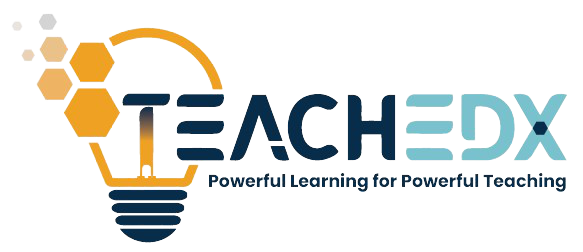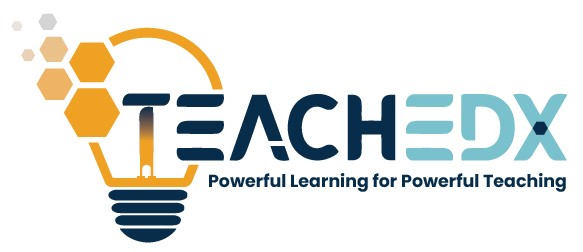Grade 3 PBL Lesson for English Language Arts
- Venessa Powell
- February 5, 2024

We continue with part 3 in our four-part blog post on Problem-Based learning by sharing a Grade 3 PBL lesson for English Language Arts.
This lesson aims to improve reading comprehension, enhance critical thinking skills, and foster creativity and collaboration among students. We’ll centre the PBL activity around a children’s story that involves a moral or lesson.
Step 1: Define your Objectives and Standards
Before you begin planning your PBL lesson, identify the learning objectives and standards you aim to address. For example, your objectives might be to:
- Improve reading and comprehension skills.
- Enhance critical thinking and reasoning.
- Encourage creative writing and storytelling.
- Promote collaboration and discussion amongst peers.
Next, align these objectives with the relevant educational standards for Grade 3 English Language Arts. Some objectives from the Grade 3 National Standards Curriculum (NSC) for English Language include:
- Use syllabication rules to improve vocabulary and spelling.
- Read, in context, sight words appropriate to the grade level.
- Use context clues, pictures, words, sentences, and paragraphs as an aid to gain the meaning of unfamiliar words.
- Make inferences before, during, and after reading.
- Critique text using personal experiences.
- Clarify ideas through discussions and activities.
- Use information in the text to form and refine questions and predictions.
- Summarize information or list critical/essential information.
- Listen and retell short stories in Standard Jamaican English.
Step 2: Choose a Real-World Problem
Select a child-friendly problem that is relatable and can be addressed through the content of a story. For instance, you might choose the theme of “bullying” and use a story where a character experiences or witnesses bullying.
Step 3: Introduce the Problem to Students
Start your lesson by reading the story aloud to the class or have students read different parts of the story. Then, present the problem: “In our story, [Character] faces a challenge with bullying at school. What can we do to help [Character] and make sure everyone at school feels safe and happy?” Allow students to write down their thoughts then select students to share what they have written. In keeping with the NSC objectives, have them share in SJE.
Step 4: Guide Initial Brainstorming
Ask students what they know about bullying and how it makes people feel. Prompt them to think about what questions they need to answer to help the character. Write these on the board to refer back to during the project.
Step 5: Research and Investigation
Assign students to small groups and have them brainstorm solutions to the problem. Each group could focus on a different aspect of the problem, such as understanding feelings, creating a safe school environment, or ways to be a good friend. Provide resources such as books, articles, and videos that discuss bullying and its effects. These resources should be age-appropriate and accessible for grade 3 students.
Step 6: Develop Solutions
Each group now works on creating a solution to the problem. Allow them to show their solution in different ways. Their presentation could take the form of:
- A letter to the character with advice on what to do.
- A poster campaign for the school to promote kindness.
- A role-play scenario that shows how to act when someone is being bullied.
Step 7: Present Solutions and Reflect
Have each group present their solution to the class. Encourage students to ask questions and provide feedback to each other.
After the presentations, lead a discussion reflecting on the solutions. Ask how they might apply these solutions to their own lives and what they learned from the process.
Step 8: Assessment
Assess students based on the English Language objectives that were the focus of the lesson. Since this is an English Language lesson, the knowledge and skills outlined in the objectives from the curriculum should remain the focus of the assessment. You can measure, for example, how well students expressed themselves in Standard Jamaican English. You will need to define ‘well’. ‘Well’ could refer to the use of complete, grammatically correct sentences. You can also assess students’ participation, creativity, understanding of the material, and their ability to work collaboratively. You can use rubrics that cover these different aspects to provide clear criteria for assessment. Share these criteria with students BEFORE you begin the assessment.
Step 9: Reflect on the Lesson
Reflect on what worked well and what could be improved in the lesson. Consider how engaged the students were, which resources were most helpful, and how effectively they worked in groups. It helps to establish the evidence of a successful lesson BEFORE implementing the lesson so that you can monitor your progress as the lesson unfolds. Ask yourself “How will I know if things are going well?” “What am I expecting students to do during this phase of the lesson?” Your answer to these questions will help you gauge the lesson’s success during and after implementation.
Step 10: Adapt and Plan for the Future
Based on your reflections and student feedback, make changes for future PBL activities. Perhaps you need to spend more time on the research phase or provide more structured guidelines for group work. You may need to choose different activities so that the English Language skills are more prominent. It is what students learn that determines the lesson’s success so adapt in a manner that improves the likelihood of the learning outcomes.
Conclusion
Implementing a Grade 3 PBL Lesson for English Language Arts can be an exciting endeavour. Though the example provided in this post targets Grade 3, it can be applied to any grade level. I hope that this will give you ideas on ways you can bring PBL into at least one lesson this week.
Articles that you may also find useful:
Like this article?

Venessa Powell
I never wanted to become a teacher. As a matter of fact, anybody who knew me knew that I was set on becoming a graphic designer. Some would say it was by divine intervention others may call it the universe redirecting me, but circumstances led me to teachers’ college at the end of high school where I pursued secondary mathematics education.


